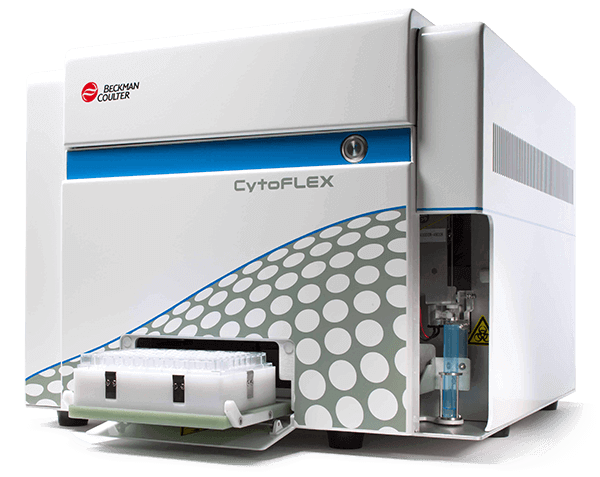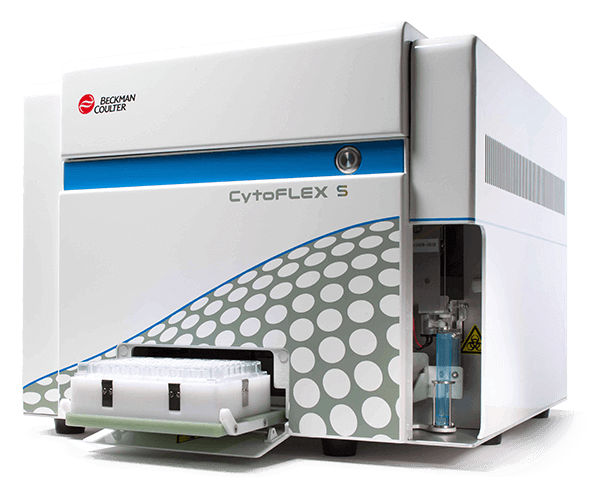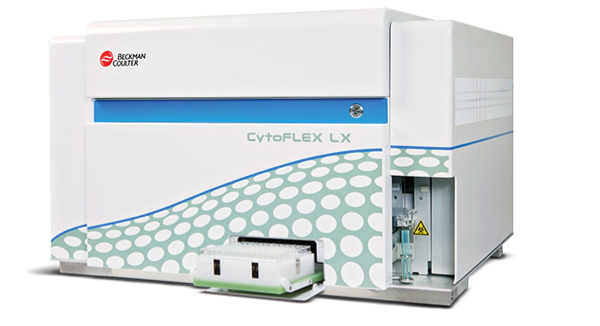CD38(VHH) Antibodies
The high surface expression of the NAD+ metabolizing ectoenzyme CD38 in neoplastic plasma cells has led to its intense investigation as a therapeutic target for antibody-dependent cellular cytotoxicity. Since therapeutic and conventional CD38 monoclonal antibodies typically target epitopes that overlap, research studies investigating the surface expression of the occupied antigen at a single cell level have proved limited/problematic. Single domain antibodies, constituted by the variable heavy domains of heavy chain antibodies (VHHs), that naturally occur in llamas and other camelids, can overcome these undesired interferences due to their extended foldable complementarity-determining region 3 (CDR3). By virtue of this structural feature, the CD38(VHH) antibody clone JK36 recognizes a cryptic epitope not masked by conventional anti-CD38 therapeutic or analytic antibodies, allowing for uncompromised CD38 detection in the presence of therapeutic antibodies such as Daratumumab.
The illustration shows a lysed normal whole blood sample stained with CD38(VHH)-AF488 and analyzed by flow cytometry.
| Clone: JK36 | Isotype: rabbit Fc/camelid VHH chimera |
| JK36 is an anti-CD38 VHH antibody recognizing a cryptic epitope that is not masked by anti-CD38 therapies, opening new avenues in multiple myeloma clinical research. | |





